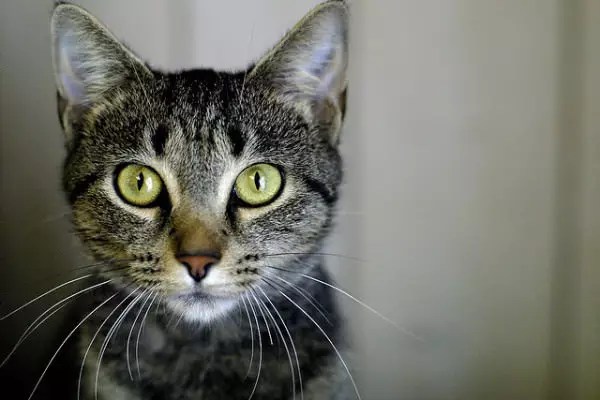Cats are often regarded as enigmatic creatures—independent and mysterious. However, beneath their aloof exteriors lies a complex emotional world that can be disturbed by stress and anxiety. Unlike humans, cats cannot verbally express their feelings, making it crucial for owners to become adept at observing subtle behavioral changes. Recognizing these signs early can make a profound difference in preventing long-term emotional or physical health issues.
One of the most noticeable indicators of a cat’s distress is social withdrawal. When a previously outgoing feline begins to hide more often, avoids interaction, or ignores calls and gestures, it’s wise to consider anxiety as a potential cause. This retreat isn’t simply a sign of moodiness; it’s a survival instinct—seeking refuge from perceived threats or confusion. Owners should approach these situations with patience, avoid forcing their pet out of hiding, and instead create a safe, calm environment where the cat feels protected.
The importance of environmental stability cannot be overstated. Cats are creatures of habit, and sudden changes—be it a new home, a different feeding schedule, or unfamiliar visitors—can cause tremendous anxiety. These shifts break their routine, triggering stress responses that manifest in behavioral shifts. Owners must acknowledge and minimize these disruptions, ensuring transitions are slow and accompanied by comforting routines.
Behavioral Changes as A Window into Anxiety
Drastic shifts in temperament often serve as red flags. If a once gentle and well-behaved feline becomes destructive, it might be crying out for help. Such misbehavior—scratching furniture, knocking things over, or excessive grooming—can be outlets for underlying anxiety. Often, boredom is intertwined with stress, especially in indoor cats with limited stimulation. Lack of mental and physical engagement leaves them restless, channeling frustration into destructive tendencies.
Vocalizations are another critical cue. While cats naturally communicate through meows, an increase in loud, distressed, or urgent vocal sounds warrants attention. An anxious cat might meow persistently, seeking reassurance or trying to tell you that something’s wrong. These cries are often marked by a tone of desperation, indicative of emotional turmoil that needs addressing.
Litter box habits provide invaluable insight into a cat’s mental state. When cats start urinating or defecating outside their designated space, it signals that something is amiss. Since litter box use is deeply rooted in a cat’s natural cleanliness and routine, deviations from this norm highlight stress or discomfort. Owners should consider recent changes in environment or health, and seek veterinary advice if inappropriate elimination persists.
Physiological and Routine Disruptions
Changes in appetite are critical markers of feline distress. A sudden loss of interest in food, or conversely, an increase in begging or pica behavior, can be rooted in anxiety. Food serves as both sustenance and comfort; alterations in eating patterns are often the body’s response to emotional strain.
Physical health should never be overlooked. A normally healthy cat showing lethargy, trembling, or gastrointestinal issues may be experiencing stress that manifests physically. Such symptoms deserve prompt veterinary evaluation to distinguish between purely medical issues and psychological stressors. Proper diagnosis ensures appropriate treatment, which may combine medical interventions with environmental modifications.
Restlessness, despite cats being predominantly sedentary and sleeping up to 16 hours daily, is another telling symptom. An anxious cat may pace, fidget, or appear unable to settle down. This agitation stems from internal stress signals—similar to humans experiencing anxiety—and requires intervention before it impacts their long-term mental vitality.
Strategies for Easing Feline Anxiety
Addressing a cat’s anxiety involves a multi-faceted approach grounded in understanding and patience. First, creating a resilient environment equipped with cozy hiding spots and familiar objects can give anxious cats a refuge during turbulent times. Consistency is key; maintaining regular feeding times, bedtime routines, and minimizing sudden changes can fortify their sense of security.
Calming pheromone diffusers, which mimic feline facial pheromones, have shown efficacy in reducing anxiety-related behaviors. These can be particularly helpful during transitions or stressful events like visits to the vet. For more profound cases, behavior therapy guided by a veterinarian or animal behaviorist might be necessary. In some cases, medication might be prescribed to help manage severe anxiety, always under professional supervision.
Above all, conflate patience with compassion. Your cat isn’t acting out for attention or as a form of rebellion—they’re overwhelmed and communicating their need for help. Through attentive observation, thoughtful environmental adjustments, and professional support when needed, owners can alleviate their feline’s stress. Restoring tranquility to a troubled cat’s life isn’t merely about behavior correction; it’s about reconnecting with their sense of safety and happiness.

